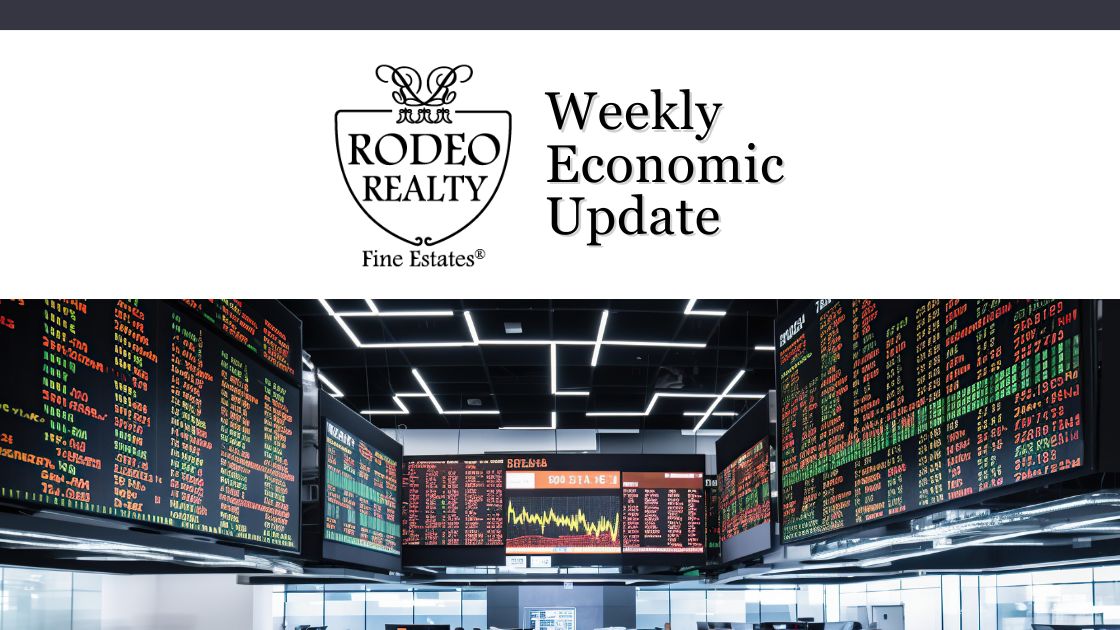| The Federal Reserve lowered rates for the first time this year – so why did long-term bond yields and mortgage rates increase slightly instead of dropping after the rate cut? On Wednesday, Fed Chairman Powell announced that the Fed had reduced its key interest rate by 0.25%. The Fed rate is the overnight rate that banks pay to borrow from the Fed – the shortest of short-term rates. When the Fed lowers its rate, banks typically follow with an equal reduction in their prime rate. That affects business lines of credit, home equity lines of credit, and other short-term loans. However, it does not necessarily bring down mortgage rates or long-term bond yields. In fact, both rose slightly after the rate cut, though they remain near their lowest levels of 2025. The best explanation is that long-term rates are tied to investors’ expectations of future inflation. Investors require a spread above projected long-term inflation to justify holding long bonds. Cutting rates can fuel inflation, so yields moved up.
The Fed has a dual mandate: to control inflation and maintain full employment. Typically, when the economy slows, companies hire less, consumers spend less, and inflation drops. In those periods, balancing the dual mandate is less challenging. As Powell emphasized, however, this is a unique moment: inflation is rising while the job market has stalled. The Fed chose to cut rates out of concern that the labor market is slowing too quickly, even though inflation has been creeping up. For example, the Consumer Price Index (CPI), which peaked at 9.1% in June 2022, had steadily declined to 2.3% by April 2025. But since then, it has risen every month, reaching 2.9% in August – its highest level in eight months. Powell cited tariffs as a key factor behind the recent rise. Long-term bond yields and mortgage rates ended the week higher than last Friday. Mortgage investors were also disappointed by Powell’s remarks. With the real estate market slowing, many had hoped the Fed would announce a resumption of long-term Treasury and mortgage-backed securities purchases – a tool that directly lowers long-term rates. That was not included in Powell’s outlook for 2025. The Fed does have that ability. During the financial crisis and again during COVID, it purchased large amounts of Treasury bonds and mortgage securities, expanding its balance sheet to record levels. In June 2022, with the economy strong and inflation surging, the Fed reversed course, raising short-term rates and selling off bond holdings to cool the economy. Since then, it has reduced its balance sheet by $2.19 trillion. Many analysts expected that, alongside the rate cut, the Fed would resume bond purchases to support housing, but Powell gave no indication of that. The California Association of Realtors and the National Association of Realtors will release their August home sales reports next week. Local data for your city or ZIP code is available now at RodeoRe.com. Stock Markets – The Dow Jones Industrial Average closed at 46,315.27, up 1%from 45,844.32 last week. Year-to-date, it is up 4% from 44,544.66 on December 31, 2024. The S&P 500 closed at 6,664.36, up 1.2% from 6,584.29 last week. Year-to-date, it is up 10.3% from 6,040.53 on December 31, 2024. The Nasdaq closed at 22,631.46, up 2.2% from 22,147.10 last week. Year-to-date, it is up 15.3% from 19,627.44 on December 31, 2024. U.S. Treasury Bond Yields – The 10-year treasury bond closed the week yielding 4.14%, up from 4.06% last week. The 30-year treasury bond yield ended the week at 4.75%, up from 4.68% last week. We track bond yields closely because mortgage rates tend to follow them. Mortgage rates – Every Thursday, Freddie Mac publishes interest rates based on a survey of mortgage lenders throughout the week. The Freddie Mac Primary Mortgage Survey reported that mortgage rates for the most popular loan products as of September 18, 2025, were as follows: The 30-year fixed mortgage rate was 6.26%, down from 6.35% last week. The 15-year fixed was 5.41%, down from 5.5% last week. The graph below shows the trajectory of mortgage rates over the past year. Have a Great Weekend! |
News & Media

